In the pursuit of building the perfect user-centric landing page, it is important to understand the needs of the user and how to appropriately and effectively address these needs.
Landing pages should be aimed at targeting the specific market that your product or service is aimed at, delivering all of the necessary information and finally, converting a lead into a client.
Here are some of the ways in which you can create a user-centric landing page, which is aimed directly at your target market to increase your conversation rates.
Optimising your landing page for the user is important, as it is the first thing that they see when they visit your page. It is also important that every successful ad landing page should have one of the following calls-to-action:
An opportunity to sign up for newsletters or free trials, booking a demo, by providing contact information such as email addresses or phone numbers.
A platform on which the purchase of a product or service can occur online.
A platform to contact the sales team with any queries, through a chat option, or by filling in a form with their query.
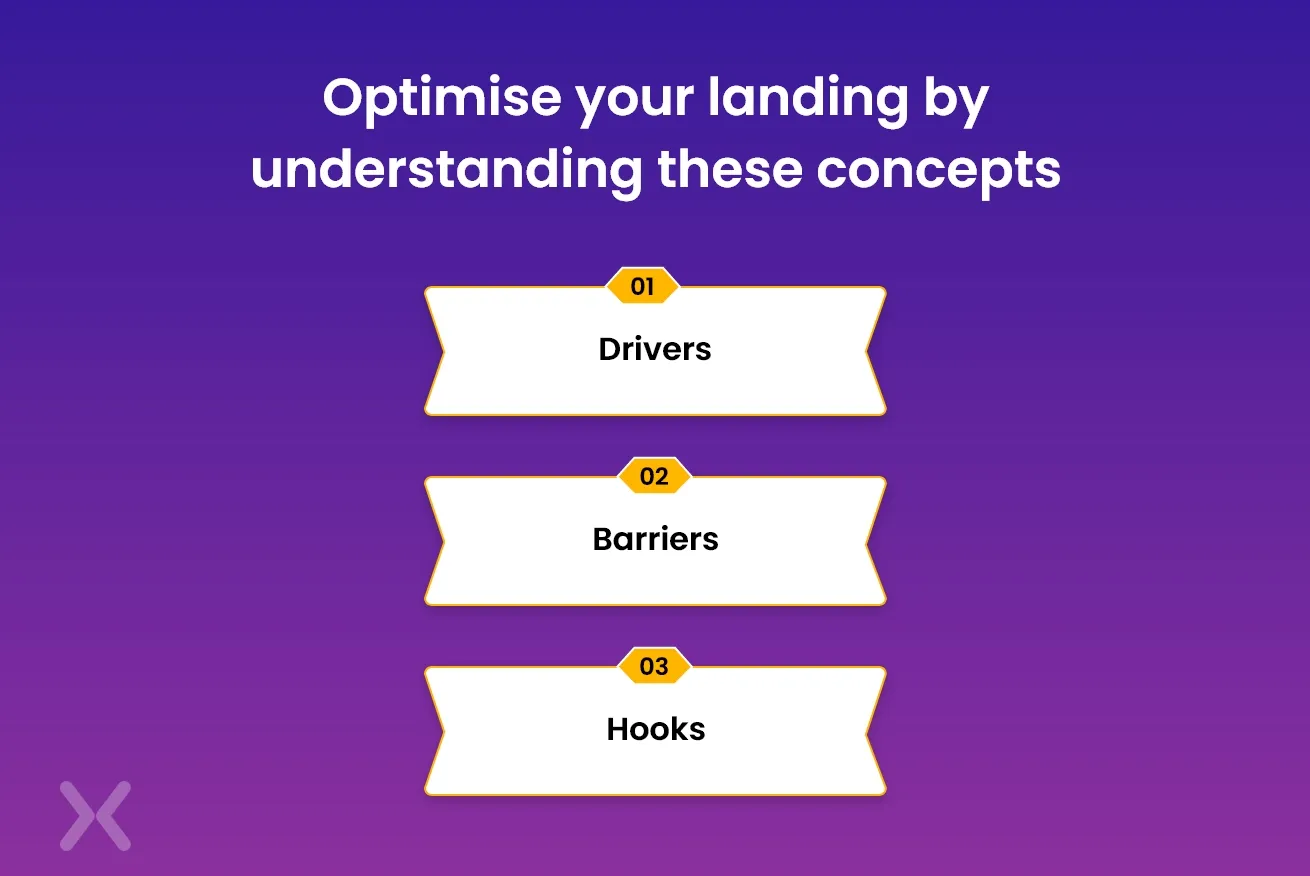
In order to build a landing page for the user, you need to understand the following three aspects:
Drivers: What are the factors that lead potential clients to your page?
Barriers: What are the factors that may lead visitors to stop scrolling through your page or to leave your page completely?
Hooks: What are the factors that convert page visitors into paying customers?
In order to understand how to convert leads into subscribers or paying customers, it is important to see how and why visitors land on your page and to use these drivers for landing page optimization.
Visitors could have landed on your page through results generated by a search engine, by doing research, or through referrals from previous and existing customers.
Considering that there are many different ways to find your landing page, it is important to gather customer-specific information in order for you to understand what your most significant drivers are, and how these drivers can be used to further increase your lead generation.
This can be done by asking the page visitor how they found your page, collecting this data, and using it to definitively know which drivers your company should be focusing on.
**Related:** Landing Page Subdomains Explained With Examples
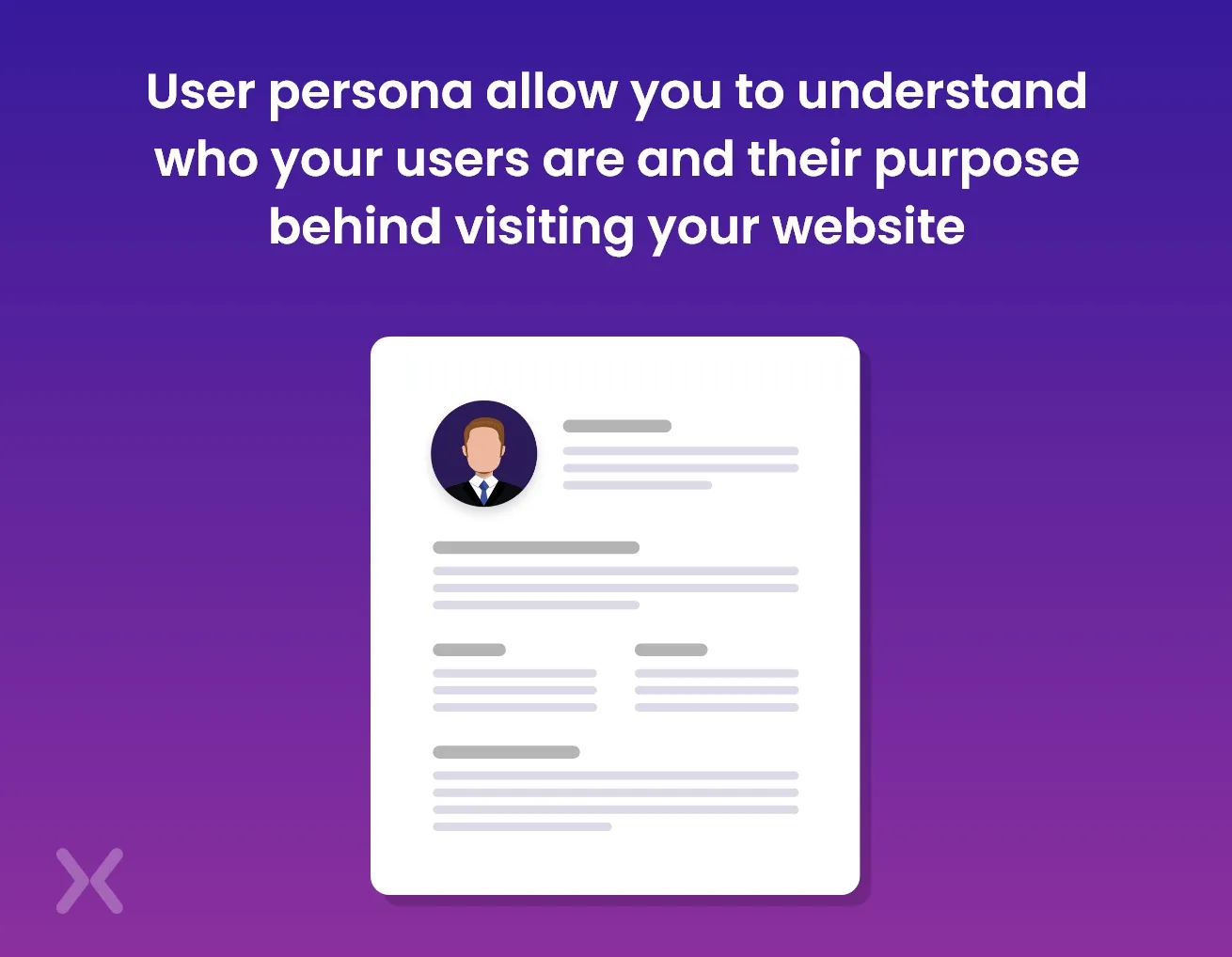
A user persona is a realistic representation of your page visitors. User personas allow you to understand who your users are and their purpose behind visiting your website.
This information about your visitors can be gathered by putting together a short survey on your page, which gathers information such as why they are on your website and what they require from your page.
Additional information on the visitor’s demographics, the drivers behind their visit, and potential barriers that result in them not following through with the goals of your landing page, can be acquired through the use of a survey.
Once you have gathered the data, you can use this to identify the user personas of the visitors to your page, which helps to target their specific needs and optimise your landing page for the user.
Furthermore, this information can be used to develop strategies to increase your conversion rates based on the characteristics of the user.
Determining the reasons why visitors leave your pages can help you to figure out ways in which to improve their overall experience on your page, which can hopefully translate into an increased conversion rate and a more user-centric landing page. This can be done by collecting data on the activity on your page and using it to find your biggest barriers in conversion.
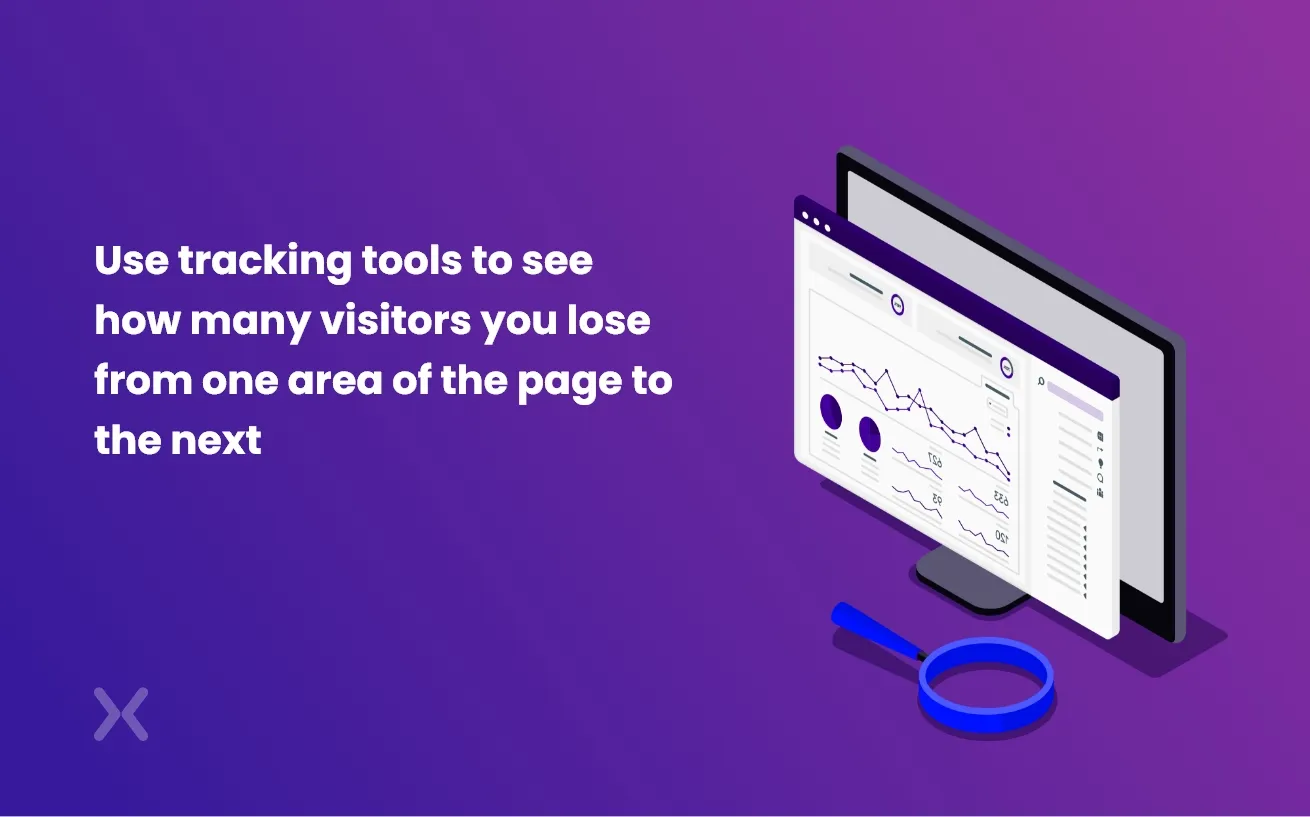
The first step in identifying your barriers is by finding out which areas of your page have the highest exit rates.
This can be done with tracking tools that allow you to see how many visitors you lose from one area of the page to the next. Heat maps and scroll maps can also be used to determine which areas of your page receive the highest levels of interactivity.
Once you have identified the areas with high drop off rates, you can then look at ways in which to either improve these sections or possibly remove them for the convenience of the user. You should ensure to set specific times for your monitoring and be wary of how seasonality relates to your product, which can affect the traffic to your page.
For example, if you sell ice cream, there is a high likelihood that your page will inadvertently experience less traffic in winter than in summer.
Once you have determined which areas of your page have the highest drop-off rates, it is important to understand why this drop-off occurs.
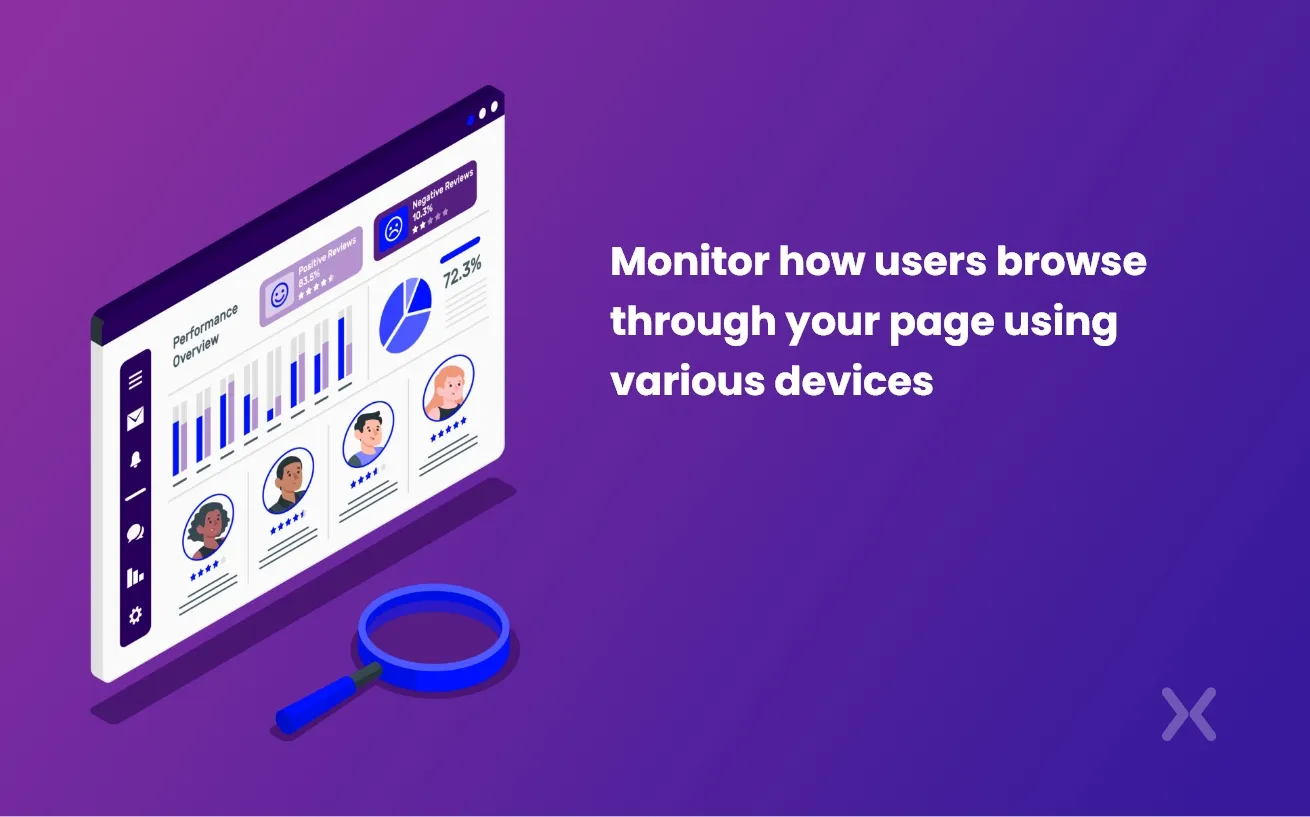
This can be done by monitoring how users browse through your page using various devices. Through watching their interaction, you are able to empathise with the page visitors and understand the factors that potentially lead to them leaving your page at specific places.
This can be done by setting up recordings on your page and waiting for new visitors. Watching these interactions can provide you with visual cues as to what causes the visitors to leave your page.
The last thing you want is for the visitor to feel that there are parts of your page that are annoying enough to leave your page without providing their details or becoming a customer.
As such, you should provide your page visitors with a platform where they can voice their frustrations with your page.
This valuable information allows you to make modifications to improve the user experience, and thus increase the likelihood of lead conversion by creating the optimal user-centric landing page.
It is important to understand why page visitors are leaving your page, as this could allow you to create strategies to retain them and hopefully convert them into paying customers.
In order to obtain this information, you can create a video survey or text polls that show up when the visitor is leaving the page that asks them what has led them to exit. This survey should be short, as the visitor is already on their way out of your page and you do not want to create additional frustration by “trapping” them on your page.
Once all of this data has been collected, you can then use it to improve the weakest areas of your page, with the aim of increasing your conversion rates and <a href=”https://www.apexure.com/blog/landing-page-optimization-best-practices-with-examples” target=”_blank” class>creating an optimised</a> user-centric landing page.
The hook is the aspect of your page that motivates the visitor to become a paying customer and respond to the call to action. The following steps can be used to help you understand what aspects of your page led to the visitors being converted into customers.
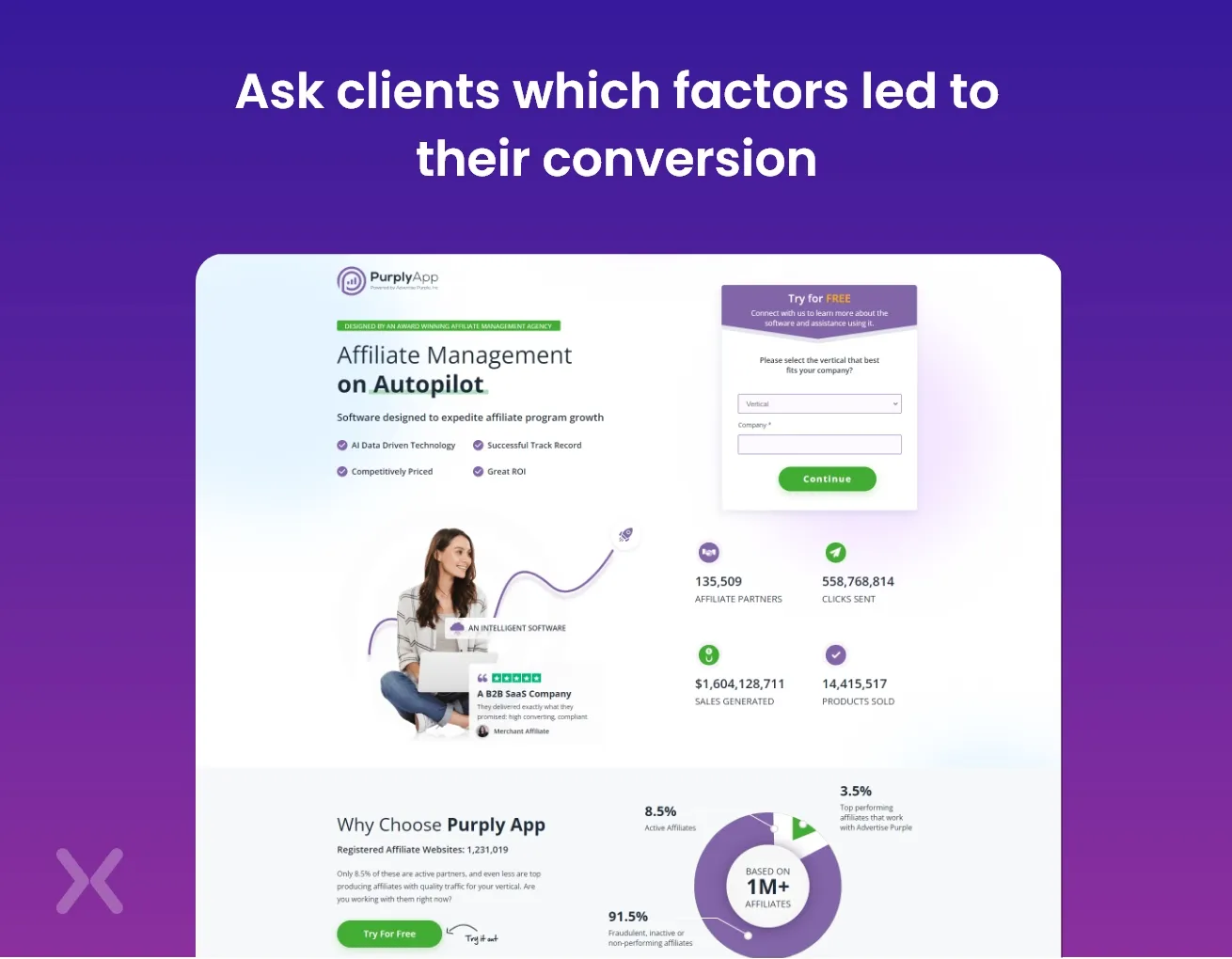
Once the visitor has been converted into a client, you can then ask them which factors led to their conversion. You can also ask visitors who haven’t been converted, which factors led to them opting to not become a client.
This information also allows you to understand what can be done differently when trying to make a conversion and what strategies should be amplified for user-centric landing page optimisation.
It is important to understand what the biggest issues are that clients face in the entirety of their experience on your page, and how this can affect user-centric landing page optimisation.
This information can be regarding your product or service offering, the ease with which they were able to respond to the call-to-action, or their general landing page UX when browsing through your page.
You can gather this data by sending a survey to your customers a few days after they have made their purchase. The survey questions should be structured in a way that extracts the exact information that you are looking to find out about your page and product offerings.
Once you have collected all of the data regarding your page, revisit it and address the issues that were raised bearing in mind the purpose of creating a user-centric landing page.
Use the information constructively and understand that the perspective of the end-user is the most important, as their satisfaction will lead to the overall increase in your revenue generation.
Another key point to bear in mind is that this is a reiterative process. You should constantly seek feedback from your end-users and continuously refine your page so that the end product is effective at achieving the goals that you have set for your page overall.
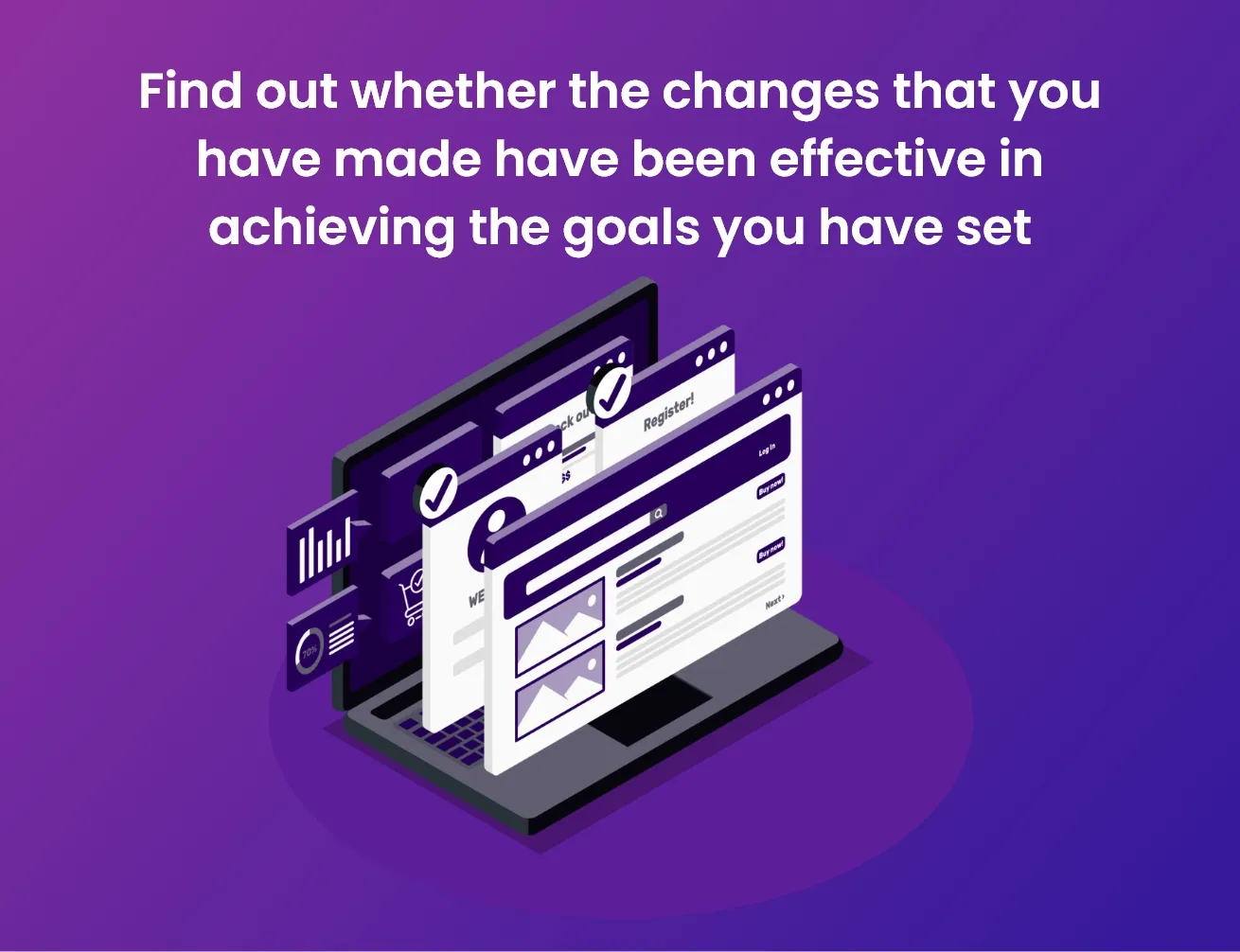
Once you have made the necessary modifications to your page, it is then important to find out whether the changes that you have made have been effective in achieving the goals you have set.
This can be done by applying predetermined key performance indicators that measure aspects of your page that lead to increased conversion rates. Additionally, the ideal would be to observe an increase in your landing page conversions which has resulted directly from the modifications made to your page.
The three key factors for user-centric landing page optimisation and visitor conversion need to be revisited at this point. Ask yourself the following questions:
Does your landing page type now match the drivers that were indicated by your page visitors? Do your page visitors know where to find what they are looking for as soon as they land on your page?
Have you been able to minimise the barriers that were mentioned by the visitors to your page? Have you been able to improve their overall experience when they are on your page?
Have you been able to optimise the hooks on your page and aim them specifically to the requirements of your target market?
Have you been able to incorporate elements that are persuasive enough to increase your conversion rates?
If you have been able to address all of these issues, with a focus on user-centric landing page optimisation, this should increase your overall conversion rates, as you have created a landing page that is specific to the needs of your end-user.
As mentioned previously, it is of utmost importance to remember that the creation of the optimal landing page is a reiterative process. The collection of information from your clients should be continuous, as there is always room for improvement, and the better your page is, the higher your chances of increasing your conversion rates.
Here at Apexure, our focus on user-centric landing page optimisation ensures that we create landing pages that increase your conversion rates and result in increased profits for your business.
Our team of experts specialise in both data collection and interpretation, as well as design, meaning that we provide you with a holistic landing page design service. We have experience with over 300 businesses all over the world in various industries, and through the use of this experience, we can tailor your landing page to achieve all of the goals that you have set for your business.
With our conversion focus, highly specialised team, and years of experience, we can create the perfect landing page for you, based on the data that we collect from your ideal target market. Allow us to increase your conversion rates today, by working on user-centric landing page optimisation for you. Contact us today!
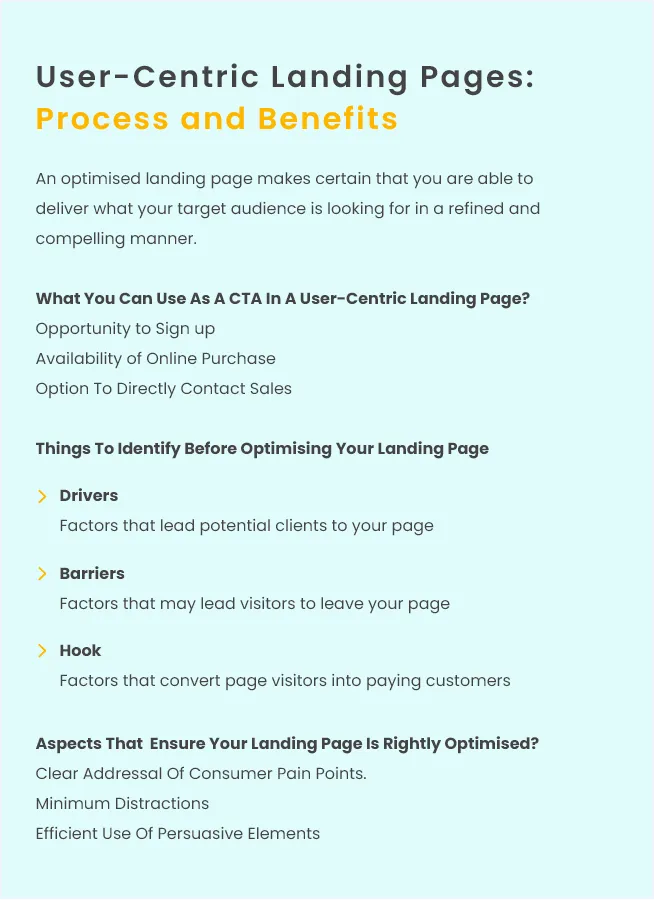
Related Articles:
Drive More Sales or Leads With Conversion Focused Websites and Landing Pages
Get Started.png)
In today’s fast-paced digital world, having a responsive website is no longer just a nice-to-have, it’s essential. Whether...
As artificial intelligence continues to evolve, businesses are finding innovative ways to enhance their marketing efforts. One of...
Get quality posts covering insights into Conversion Rate Optimisation, Landing Pages and great design